I am working in channel coding part. My major is encoding with bit information. For example, given a input bit is x=[1 0 1] and G matrix is
G =
1 0 0 1
0 0 1 0
1 1 0 1
then encoding symbol will be y=mod(x*G,2)% mod to convert to binary bit
y =
0 1 0 0
It is very simple idea for bits encoding processing in channel coding. Now I want to do map this work to packet encoding. Some paper mentioned that we can do this way for packet encoding if we consider each packet is n bytes. For example, I have a text file that size is 3000bytes. Now I will divide the file into 1000 packet. Hence, each packet has size is that 3 bytes. My problem is that I done with bit encoding. However, I don't have any idea to work with packet encoding. Please let me know if you worked with this problem. I hear that bit encoding we only has two level 0 and 1, so we can use GF=2. If we work for packet level, we must consider GF>2. I am not sure it
 Second question is that how about if packet size equals 50 bytes instead of 3 bytes?
Second question is that how about if packet size equals 50 bytes instead of 3 bytes?